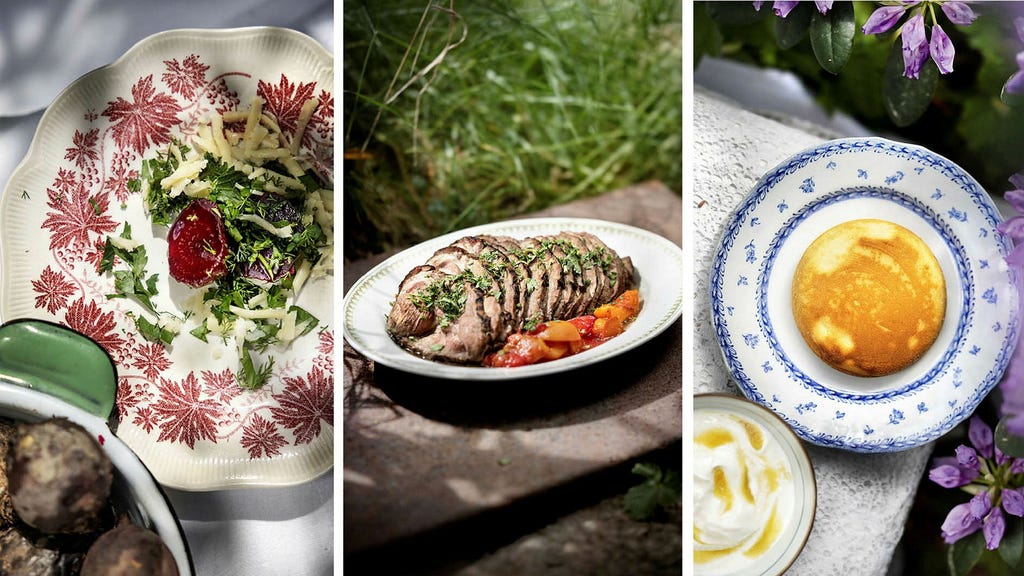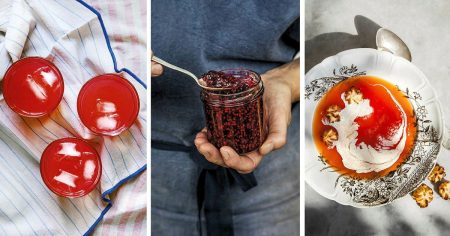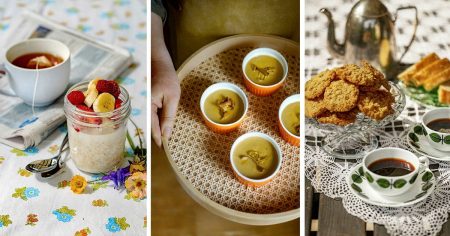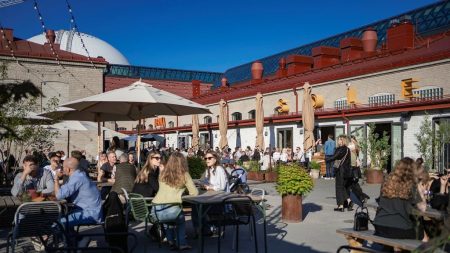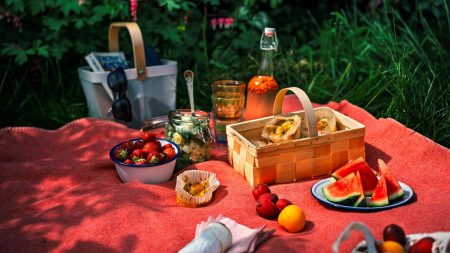The aroma of grilling and smoking is deeply interwoven with Swedish culinary history, a connection often overlooked in contemporary cuisine. Long before the advent of modern grilling techniques, the practice of preserving and flavoring food with smoke and fire was integral to Swedish life. From the indigenous Sami people’s methods of smoking reindeer meat and fish to the later adoption of techniques from neighboring cultures, the use of fire has played a crucial role in shaping Swedish food traditions. This heritage extends beyond simple cooking methods to a complex interplay of cultural practices, resource availability, and the very landscape itself. Rediscovering and embracing these ancient techniques offers a deeper understanding of Swedish culinary heritage and provides a pathway to creating unique and flavorful dishes that resonate with the past.
Jens Linder, a culinary historian and chef, champions a return to these time-honored practices. He meticulously researches historical cooking methods, delving into archaeological evidence, ancient texts, and ethnographic studies to uncover the nuances of traditional Swedish grilling. Linder’s approach is not merely about recreating historical recipes; it’s about understanding the underlying principles that guided food preparation in the past. He explores the types of wood used for smoking, the specific techniques employed for different ingredients, and the role of local ingredients in shaping regional flavors. By meticulously reconstructing these forgotten techniques, Linder offers a glimpse into a rich culinary heritage that extends far beyond the familiar dishes of contemporary Swedish cuisine.
Linder’s focus on a grill meal highlights the centrality of this cooking method in Swedish culinary history. Grilling, whether over an open fire or in a specially constructed smokehouse, was essential for preserving food, particularly in harsh climates where fresh produce was scarce during long winters. Smoking fish and meats allowed for their preservation for extended periods, ensuring a reliable food source throughout the year. The specific techniques varied depending on the region and the availability of resources. Coastal communities, for example, relied heavily on smoking fish, while inland communities utilized smoking for preserving meats like elk, reindeer, and wild boar. The distinct flavors imparted by the smoke from different woods, such as alder, juniper, and birch, became defining characteristics of regional cuisines.
The selection of Swedish raw materials is fundamental to Linder’s culinary philosophy. He emphasizes the use of locally sourced, seasonal ingredients, reflecting the historical practice of utilizing what the land provided. This approach not only connects his cuisine to its historical roots but also promotes sustainability and celebrates the diversity of Swedish agricultural products. From wild berries and mushrooms to locally raised livestock and sustainably sourced seafood, Linder’s ingredient selection reflects a deep respect for the Swedish landscape and its bounty. This dedication to using local products highlights the interconnectedness between food, culture, and environment, creating a truly authentic and flavorful experience.
Linder’s interpretation of a traditional Swedish grill meal showcases the versatility of this cooking method. He might pair smoked salmon, prepared with traditional smoking techniques, with foraged herbs and wild mushrooms, showcasing the bounty of Swedish forests. Grilled venison, marinated with juniper berries and smoked over alder wood, could be accompanied by roasted root vegetables, reflecting the historical reliance on hearty, readily available produce. These dishes are not mere recreations of historical recipes; they are contemporary interpretations that honor the past while embracing the present. Linder’s innovative approach to traditional techniques results in dishes that are both delicious and deeply rooted in Swedish culinary history.
By revisiting and reinterpreting ancient grilling and smoking techniques, Jens Linder offers a renewed appreciation for Swedish culinary heritage. His meticulous research and dedication to using local, seasonal ingredients create dishes that resonate with the flavors and traditions of the past. More than simply recreating historical recipes, Linder’s work fosters a deeper understanding of the cultural significance of food and its connection to the landscape. This revival of traditional techniques not only enriches contemporary Swedish cuisine but also serves as a powerful reminder of the enduring legacy of fire and smoke in shaping the flavors of a nation. His work inspires a rediscovery of culinary roots and encourages a more sustainable and flavorful approach to food, reminding us of the profound connection between what we eat and who we are.





